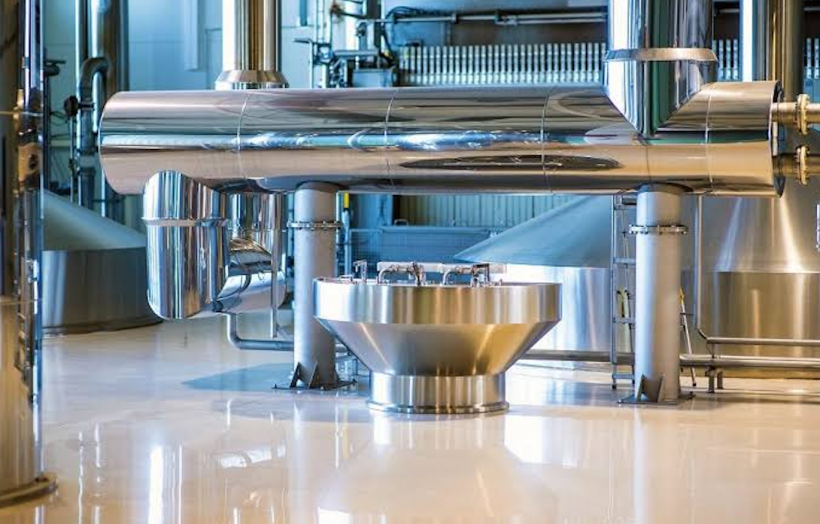Steel is the foundation material that is used in almost everything we use. It is an alloy of iron and carbon, which means that steel was developed by mixing iron, carbon and other materials and combined them to form a material that is stronger than iron and has many different properties.
Steel still has its disadvantages that it inherited from iron, problems such as corroding and rusting are the main disadvantages that surround any type of steel. Trying to find a solution to those disadvantages, the scientist added carbon of maximum 1.2% and chromium around 11% to steel and the result was an alloy that is as strong as steel but does not have the disadvantages of steel.
The resultant steel was named stainless steel because it had the same properties as steel but it also had advantages such as corrosion and rust-resistance. Stainless steel has the same strength and luster of steel while being extremely low maintenance and corrosion-resistant.
Stainless steel is used in so many applications that require the material to be in constant contact will the elements, and needs to be some type of support to many things. Stainless steel is used in cookware, cutlery, surgical instruments, major appliances, construction material in large buildings, paper mills, chemical plants, water treatment, storage tanks and tankers for chemicals and food products. It is a very safe material to work with and there is some sort of stainless steels that are made in such a way that they can be used in cooking and other chemical plants where the chemicals are toxic.
Types of Stainless Steels
There are more than 150 grades of stainless steel that are available in the market today and these 150 states can be divided into 4 families. Austenitic stainless steel, Ferritic stainless steel, Martensitic stainless steel, Duplex stainless steel. All these families are made differently and have different physical properties that are useful in different situations.
Austenitic Stainless Steel
This type of stainless steel is the vastest and accounts to about two- thirds of the entire stainless productions. The chemical composition consists of less than 0.020% of carbon and 5 other types of chemicals that allow the alloy to become incredibly corrosion-resistant. These types of steels are generally used in food processing plants and some steels like 1.4466 stainless steel are specifically designed to be used in containing ammonia and nitric acid. They have good weldability and cannot be hardened due to the lack of carbon in its composition.
Ferritic Stainless Steels
Ferritic stainless steels can be called as a lower class of stainless steel and contain between 10.5% to 27% chromium. They are generally used for automotive constructions as these steels have good weldability. They are also used in sinks and other commercial appliances that do require corrosion resistance but not at extreme levels. Ferritic steels do not contain any amount of nickel and hence they are cheaper to produce and therefore are more widely used.
Martensitic Stainless Steels
Martensitic stainless steels are the group of stainless steels that are used in many engineering applications. This type of steel fall into four categories and are widely used in engineering due to its wear-resistant applications. This type of steel is also used in turbines and blades of hydroelectric power plants because they have good strength and it is also possible to weld them.
Duplex Stainless Steel
Duplex stainless steels are a combination of austenite and ferrite stainless steels, they have the yield strength that is almost double the strength of austenite. It is majorly used in the oil and gas industry because it provides the strength of many higher strength materials with the corrosion resistance of other higher-quality stainless steel.
Laila Azzahra is a professional writer and blogger that loves to write about technology, business, entertainment, science, and health.
